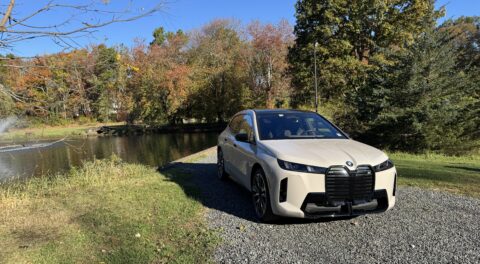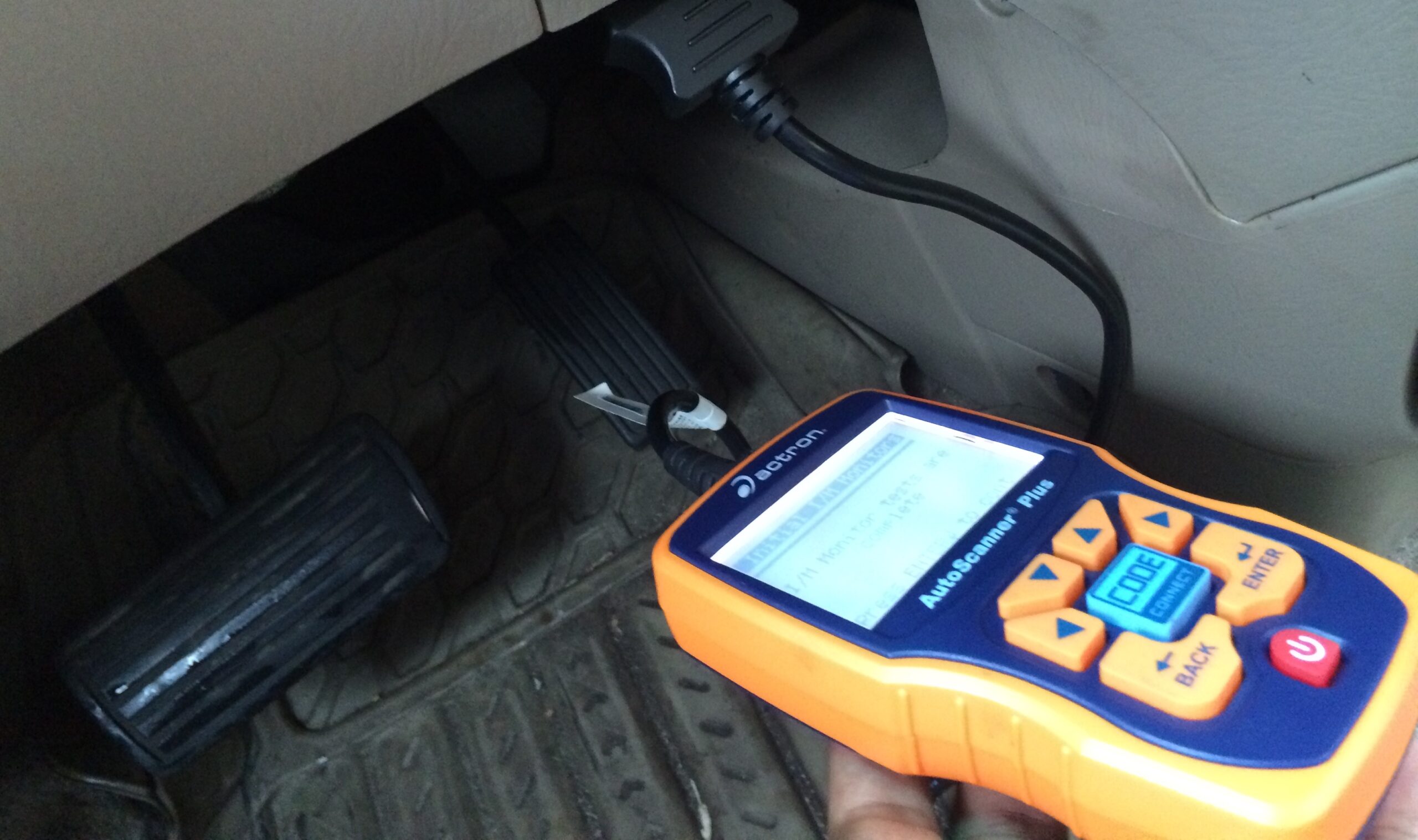When it comes to engine swaps, I’m a bit of a purist; with a few exceptions, I prefer to keep it “in the family.” Chevy smallblock swaps are a particular thorn in my side; they’ve been stuffed into nearly everything from RX-7s to—somewhat perversely—BMWs.
But sometimes it’s a V8 being swapped for something else. As someone with a soft spot for BMW’s older V8 engines, I can understand why someone would want to swap theirs for something a bit less high-strung and maintenance-intensive. A little extra power doesn’t hurt, either. I’ve seen plenty of S52s stuffed into the space where an M60 used to sit, and I can’t blame the guys who do that.
My problem is, I can’t stand the idea of going backwards. If I had an aluminum DOHC V8, I’d want to replace it with something similar — no pushrods for me.
Enter Ford’s Coyote V8.
An evolution of Ford’s modular V8, the new Coyote features DOHC heads with variable valve timing. Those heads sit atop an aluminum engine block, with substantial webbing added for strength and a forged steel crankshaft.
Unlike Ford’s previous aluminum DOHC mod motors, cooling and heat-soak aren’t seriously concerning issues. Most variants have oil coolers; all of them from 2011–2013 feature high-pressure oil jets to cool the pistons. Those jets were eventually dropped; Ford says they aren’t needed. From my time in the Mustang community, I can tell you that no news is good news.
The 5.0-liter Coyote is found in new Mustangs and F-150s, good for at least 360 horsepower in F-150 trim and 460 horsepower (with 420 pound-feet of torque) in the current Mustang GT. Best of all, the engine sounds phenomenal—and it doesn’t have timing-chain guides made out of eggshells.
The weak point, however, is the MT-82 manual transmission. Ask your brother in-law about it; he’ll confirm it. (I can almost guarantee that you have a brother-in-law with a Mustang. Everyone does.)
You can imagine that buying a low-mileage Mustang V8 would probably be a pretty expensive proposition, and you’d be right. There is no shortage of wrecked Mustangs (write your own joke), but those engines are in pretty high demand. An eBay Motors search puts complete engines at around five grand.
There’s another option, though: the F-150. To save weight, newer F-150s utilize an aluminum body—pretty high-tech stuff for a full-size, body-on-frame pickup truck. The only real downside is a body that’s expensive to repair in the event of an accident. What that means for us is that Ford trucks that get written off far easier than your average Silverado or Ram. Given the F-150’s status as America’s best-selling truck, they’re pretty common, too. Ford started stuffing the Coyote into F-150s starting in 2011, and those engines, with under 100,000 miles, can be had comfortably for around $2,500.
So what separates the F-150’s Coyote V8 from the Mustang’s? Not much, honestly; the F-150 sports a lower compression ratio—10.5:1 versus 11.0:1—and it features milder cams with less duration. The F-150 also uses cast-iron exhaust manifolds and a less aggressive tune.
You’ll definitely be looking at fabricating your own headers to mount a Coyote in your BMW, so you’ll likely be gaining some power there. Software tunes for the Coyote are as plentiful as you’d imagine for an engine found in America’s best-selling truck and pony car. The same goes for bolt-on power. In short, there are good ways to spend the $2,500 difference between a Mustang Coyote and an F-150 Coyote.
But we’re putting the cart before the horse, here. The question is, does it fit?
It’s no secret that Ford’s Modular V8s are wide, and the Coyote is no different. However, the BMW M60 and M62 aren’t exactly skinny, either. You’ll more than likely have to raid an E34 V8 (like mine) for parts like the remote brake booster and coolant expansion tank, and you’ll definitely have to get creative with accessories.
Has it been done? Yes. Tarmac Offensive stuffed a Coyote into a widebody E36. There are others, too. Aside from the usual exhaust and oil-pan modifications, they had to move the steering column to accommodate the mega-wide V8. Every available inch of space is used. But at the end of the day, it fit, and they’ve got gobs of power (over 400 to the rear wheels), prodigious torque, a six-speed, and a throaty DOHC V8 sound worthy of a BMW.
To wrap things up: would you put a Coyote in your BMW? I certainly would—and I intend to, if the M60B30 in my E34 ever decides to misbehave. But what other non-BMW swaps—or interesting BMW swaps—would you consider, if any?—Cam VanDerHorst
Photo Courtesy of Cartuning.WS





















